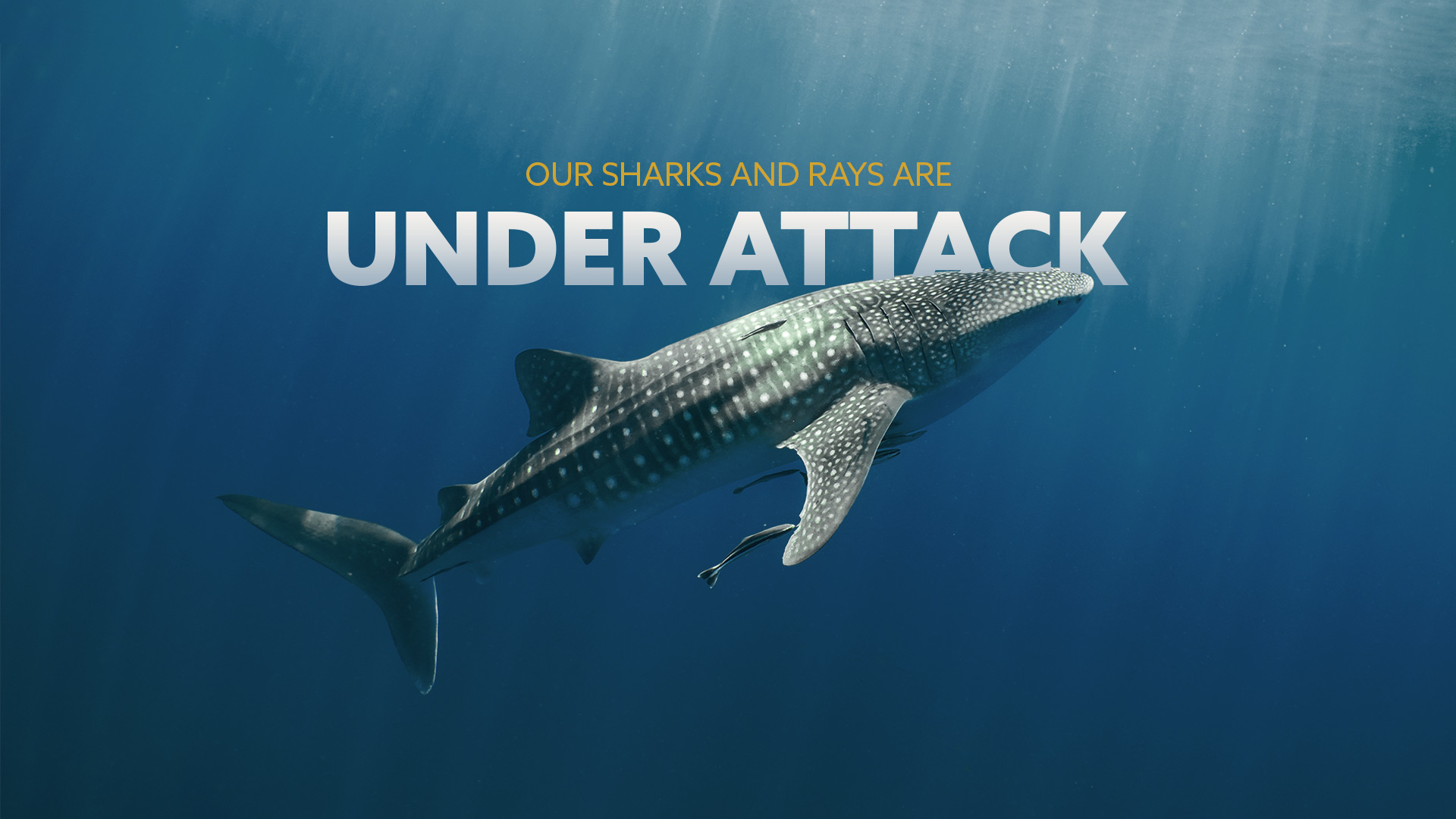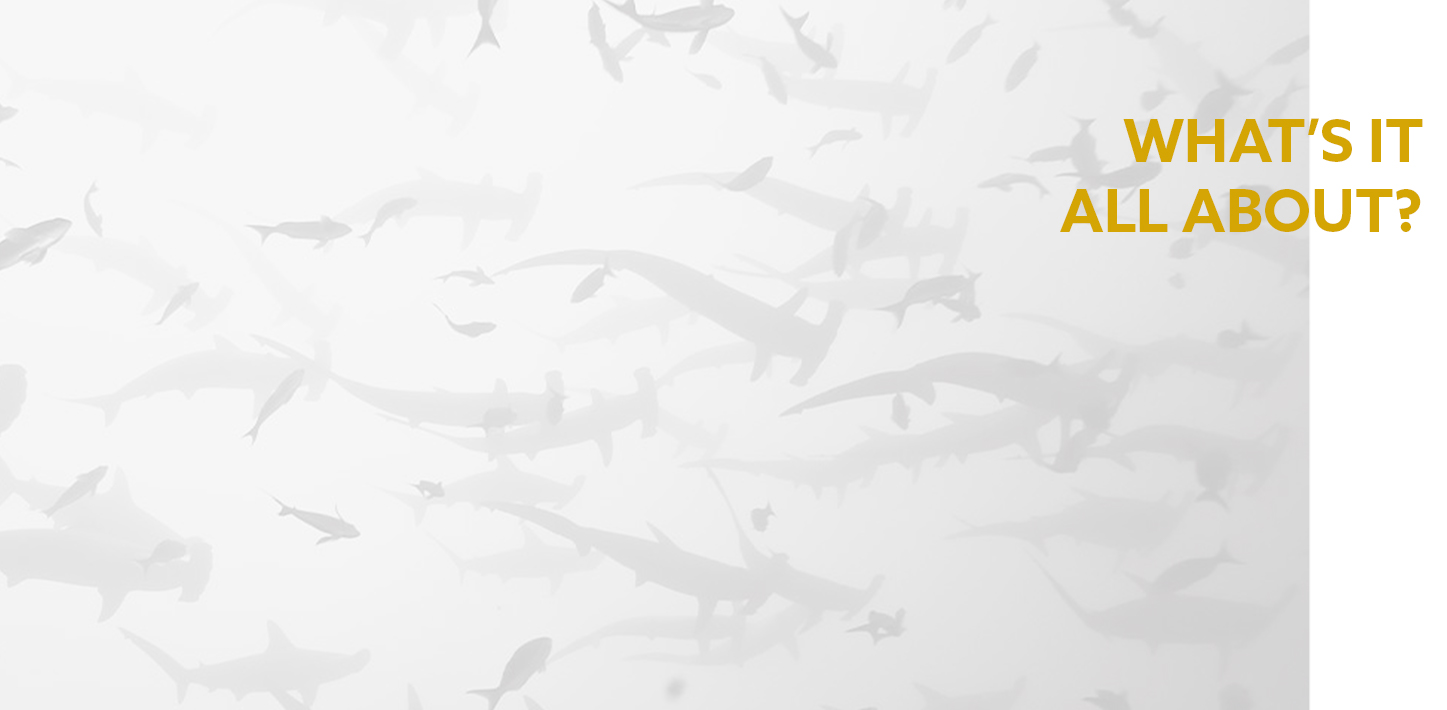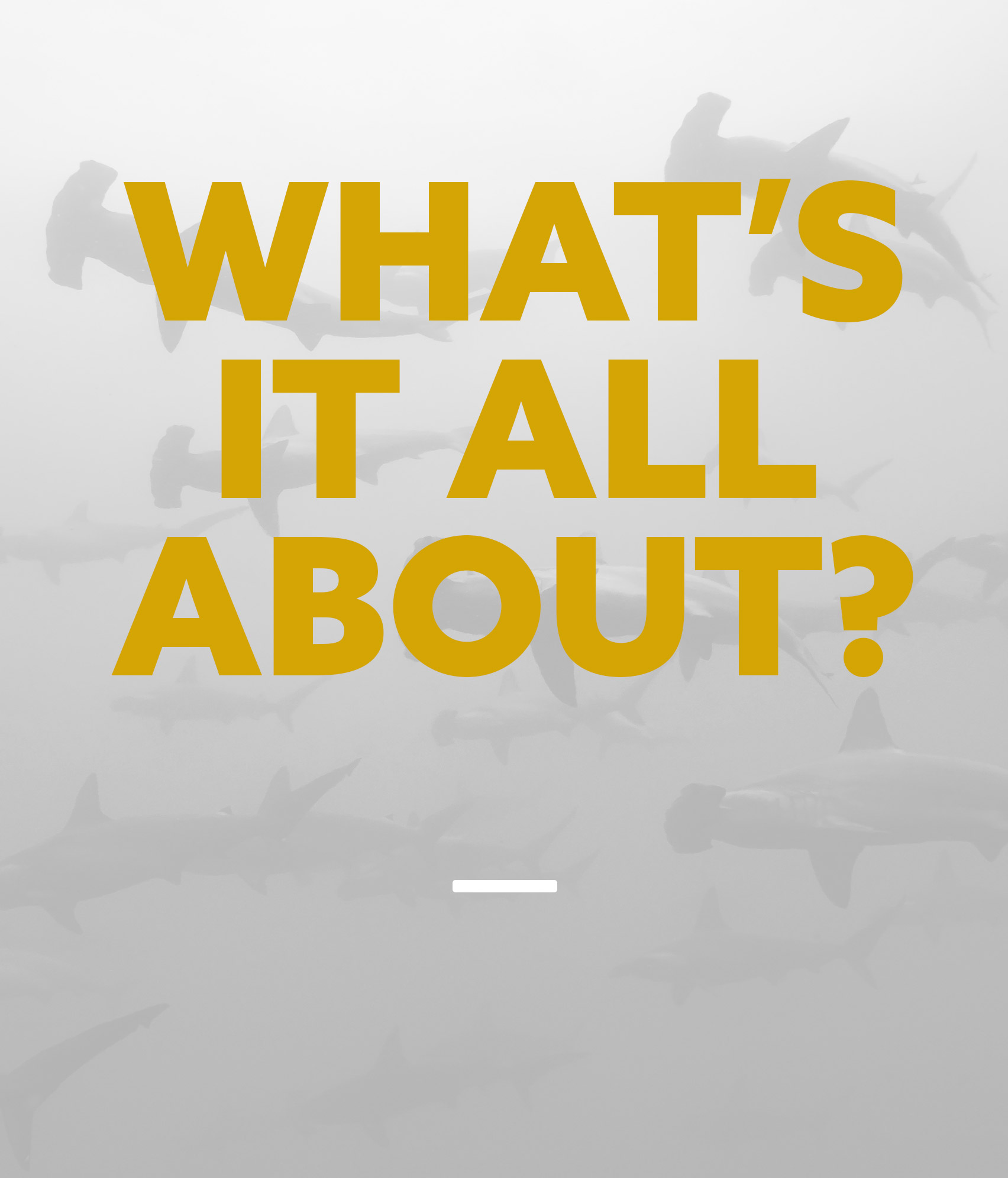NEWS: The Shark Attack Campaign is now officially amended to ‘Sharks Under Attack’ Campaign.
With a global move away from the term “shark attack,” we felt the campaign name needed to shift and evolve to better represent what the campaign is about, which is to shift negative perceptions and spread awareness about South Africa’s diverse shark and ray species, their vulnerability, as well as drive their increased protection.










